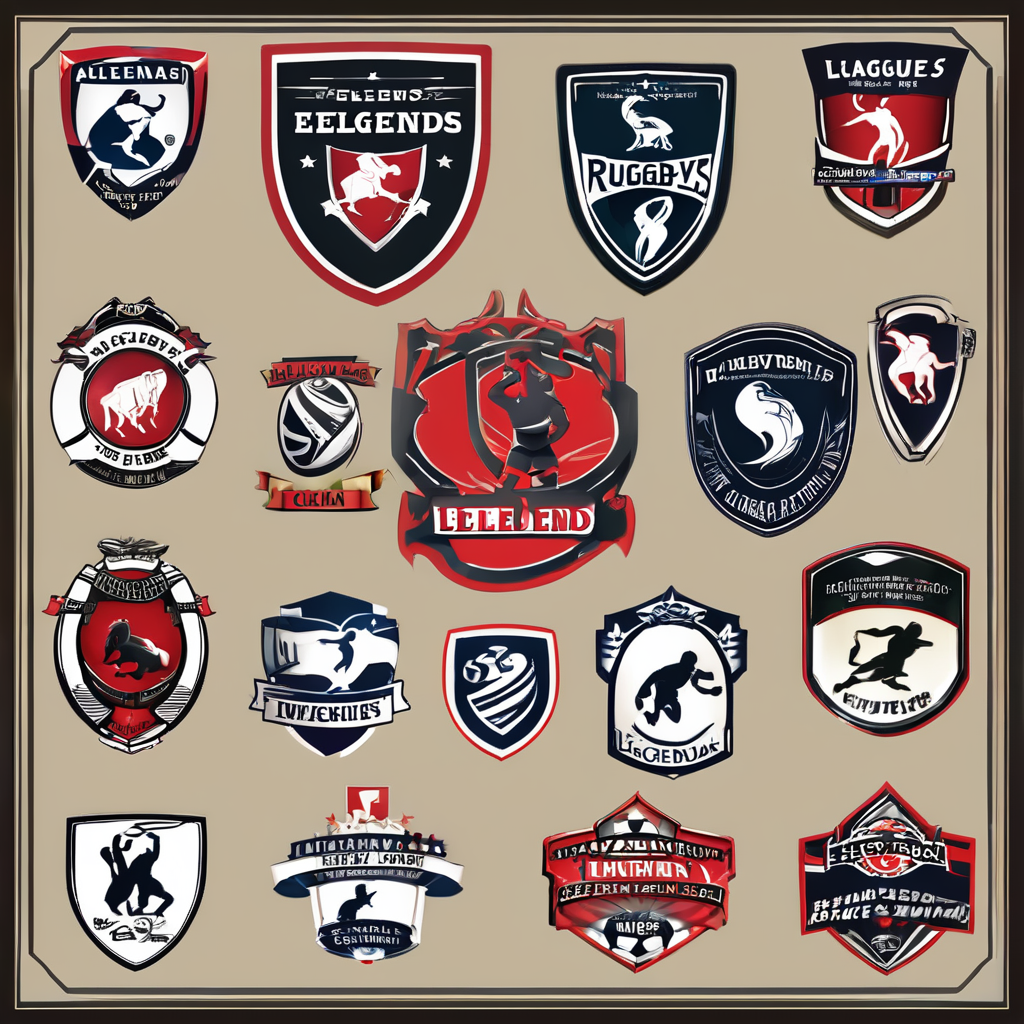Commencing your journey into competitive sailing can be an exhilarating affair. The thrill of racing with the wind pushing your boat, the camaraderie of the crew, and the competitive spirit of the race, make it an endeavor worth pursuing. However, as beginners, you may be laden with numerous queries on how to start your journey. This article aims to guide you through your first regatta, detailing the essential rules, preparations, and strategies to enhance your sailing experience.
Understand the Basics of Sailing
Before you set sail, understanding the fundamental dynamics of sailing is crucial. Whether it’s the terminology, the different types of boats, or the basic sailing techniques, a thorough understanding of these elements will help you navigate the waters with ease.
In the same genre : What specific mental exercises can help biathletes improve their shooting accuracy?
Sailing is an art form that requires you to harmonize with the wind and water. The wind propels the sailboat, and understanding its direction will help you set the course effectively. Familiarize yourself with terms like ‘port’, ‘starboard’, ‘bow’, and ‘stern’ which indicate directions on a boat. Understanding these terms will enable you to communicate effectively with your crew.
There’s a variety of sailboats, each suited for different kinds of water and wind conditions. As beginners, starting with smaller boats like dinghies can be beneficial as they are easier to control and less expensive to maintain.
In the same genre : Top tennis hats that blend style and comfort seamlessly
Basic sailing techniques include tacking (changing the boat’s direction by turning the bow towards the wind) and jibing (similar to tacking but the stern turns through the wind). Practicing these maneuvers will improve your boat handling skills, preparing you for the race day.
Comprehend the Regatta Rules
A regatta is a series of boat races, and like any competition, it is governed by a set of rules. Knowledge of these rules is crucial not only for fair play but also for the safety of the sailors.
The starting time of each race is usually indicated by visual signals (flags) and sounds. You need to get your boat to the starting line before the start signal but without crossing it. Crossing the line early will lead to penalties.
There are rules pertaining to the course as well. Each race has a predefined course, usually marked by buoys. The boats must sail around these marks in a specific order and direction.
During the race, maintaining a safe distance from other boats is crucial. Any boat that’s at risk of colliding with another should take action to avoid it. Also, any boat that infringes the rules must take a penalty, commonly in the form of turns.
Assemble Your Crew
An efficient crew is pivotal in sailing. The crew’s role extends beyond just managing the sails. They assist in steering, balancing the boat, and making strategic decisions during the race.
When assembling your crew, consider their experience, physical fitness, and team compatibility. Sailing can be physically demanding, and having fit crew members can be advantageous, especially in longer races.
A good crew communicates effectively. Establish clear communication channels and signals. Regular practice sessions will help the crew work as a unit, enhancing their performance on the race day.
Prepare Your Sailboat
A well-maintained boat is key to a successful race. Regular checks and timely repairs can save you from unwanted surprises on the race day.
Ensure that the sails are clean and in good condition. Check for any wear and tear, as damaged sails can dramatically affect the boat’s speed. The rigging should be tight and secure, and the hull should be clean to reduce drag in the water.
Safety equipment like life jackets, first aid kits, and flares must be present on the boat. Furthermore, ensure that the boat complies with the regatta’s safety rules.
Practice and Strategize
Finally, regular practice and a sound strategy are the cornerstones of a successful race. Use your practice sessions to familiarize yourself with the course and the wind conditions. This will help you plan your strategy for the race day.
During practice, experiment with different sailing techniques and observe their impact on the boat’s speed. Familiarize yourself with starts, as a good start can give you an early advantage in the race.
On the race day, keep an eye on the wind and adjust your strategy accordingly. Remember, sailing is not just about speed, but also about tactics and making the right decisions at the right time.
Nervousness is normal before your first regatta, but remember every expert was once a beginner. Embrace the learning process and enjoy the thrill of the race. Happy sailing!
Fine-tune Your Sailing Skills
Taking your sailing skills from basic to proficient is an integral part of your preparation for a regatta. A beginner guide to mastering these skills involves learning more advanced tactics like sail trim, beam reach, and understanding wind shifts.
Sail trim is the fine art of adjusting your sails to optimize your boat’s speed. It’s a critical skill that can significantly affect your race outcome. When you trim your sails, you’re essentially manipulating them to interact with the wind direction most effectively. The goal is to balance your boat to allow it to perform at full speed.
A beam reach refers to sailing at a 90-degree angle to the wind. This skill is essential in a regatta as it usually provides the fastest point of sail. The ability to maneuver your sailboat into a beam reach position quickly can give you an edge over your competitors.
Understanding wind shifts is another crucial aspect of sailing. The wind is ever-changing, and your ability to anticipate and adapt to these changes can greatly enhance your performance. Wind shifts can either be a hindrance or an advantage, depending on your ability to adapt. Regular practice will improve your understanding and reaction to wind shifts.
As the saying goes, practice makes perfect. Regular practice sessions at your sailing club or with a mentor can improve your control and handling of the boat. This will help you build confidence and prepare you for the high-pressure environment of a regatta.
Familiarize Yourself with Racing Rules
Having a solid understanding of racing rules is fundamental to participating in a regatta. The race committee is responsible for enforcing these rules, which are designed to ensure fair competition and sailor safety.
One area where the racing rules come into play is during the start of a race. The committee boat typically sends visual and sound signals to indicate the start. If you cross the starting line early, known as “On Course Side” (OCS), you must return and restart, which can put you at a disadvantage.
During the race, there are rules about giving way to other boats. If you’re on a port tack (with the wind coming from your port or left side), you must give way to boats on a starboard tack (wind from the right side).
Racing rules also cover situations where boats are sailing close hauled (as close to the wind as possible) and need to maintain clear air to maximize their speed. It’s essential to understand these rules to avoid penalties and increase your chances of a successful race.
Familiarizing yourself with these rules and more can be done by joining a local yacht club or taking sailing racing courses. Remember, understanding the rules is not just about avoiding penalties, but it’s also about ensuring your safety and that of your fellow crew members.
Conclusion
Your first regatta experience will likely be packed with excitement, challenges, and valuable learning opportunities. As a beginner, it’s essential to focus on understanding the basics of sailing and the racing rules, honing your sailing skills, assembling a reliable crew, preparing your sailboat, and practicing regularly.
Remember, ensure that everyone onboard is equipped with a life jacket and that you comply with all safety regulations. Joining a sailing club can provide opportunities to learn sail and race strategies from experienced sailors and participate in practice races.
While winning can be an exciting goal, understanding that every opportunity on the water is a chance to learn and improve is equally important. Enjoy the journey as you glide across the water, harnessing the power of the wind. Your passion and dedication combined with effective preparation can guide you towards a rewarding sailing racing experience. Good luck, and enjoy the thrill of your first regatta!






